Author’s note: If you are not familiar with the preceding part(s) of this article, my suggestion is to first read Part 1, which contains a more complete introduction. For those who may be dropping in without having read preceding parts,…
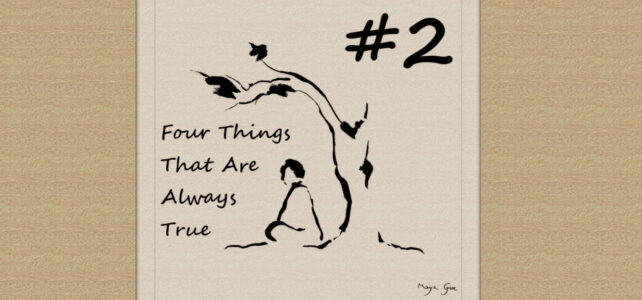
Champaign Urbana Taiji Qigong

Author’s note: If you are not familiar with the preceding part(s) of this article, my suggestion is to first read Part 1, which contains a more complete introduction. For those who may be dropping in without having read preceding parts,…
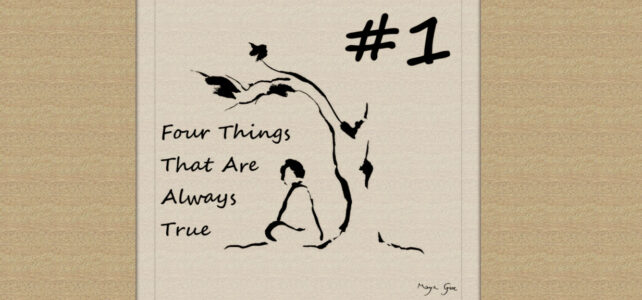
New! Listen to an AI generated podcast summary and discussion of this article . . . There are four things that are always true. This is a humanities treatise, so by “things” I am not referring to scientific laws or…
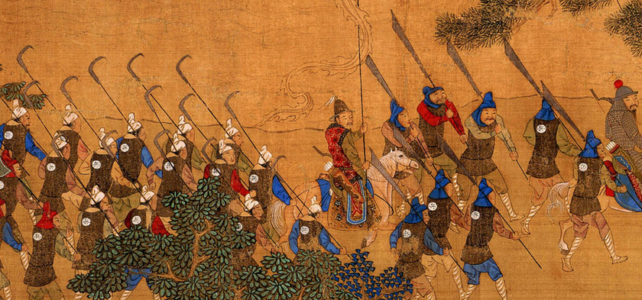
Knowing the origins and original purpose of taijiquan (tai chi) and the internal martial arts will help you to walk a straight path in your practice.

My Experience in Learning Standing Meditation Standing meditation was not taught a great deal when I started taiji in the late 1980s. I learned from a great local teacher, and as this was pre-internet times, supplemented my learning by routinely…
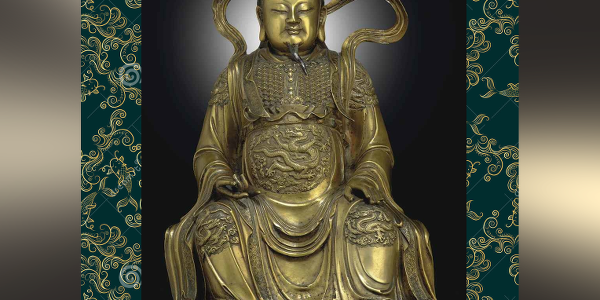
In recent blogs I have written a great deal about the physical mechanisms of taiji (tai chi) movement, internal power, and understanding martial application. Here I thought it worthwhile to return to the foundation (sitting meditation) of the foundation (qigong)…

Lessons from sport training Perhaps the most important thing learned from sports, and certainly my own experience in individual combat sports, is the importance of the mind. One must have the physical prowess to compete successfully at more advanced levels…
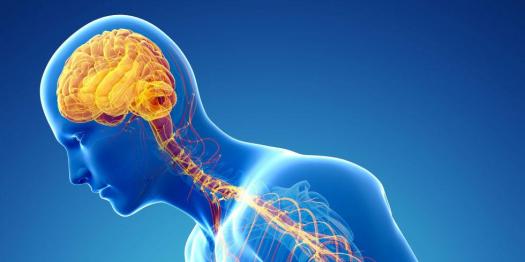
In Part I we examined the classical saying “power is released from the spine,” noting how flexion of the spine and core strength are integral mechanisms of “internal” power. This could be described as the “yang” of taiji (tai chi)…